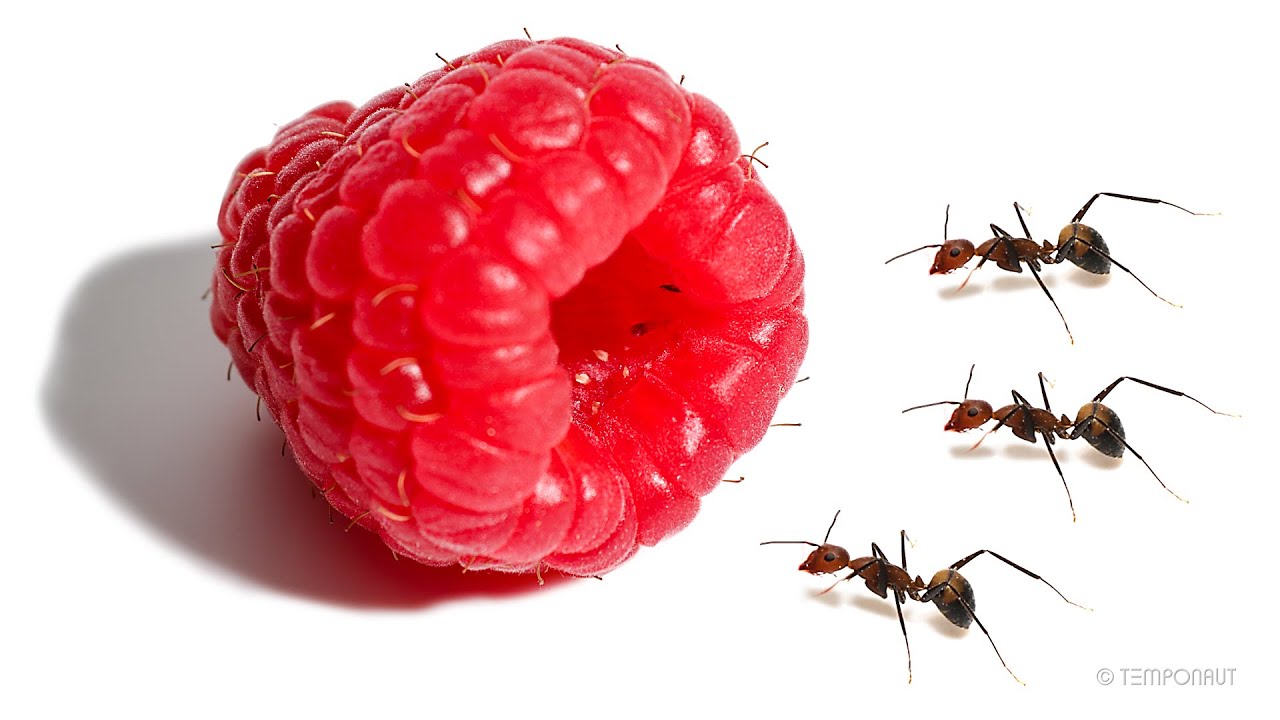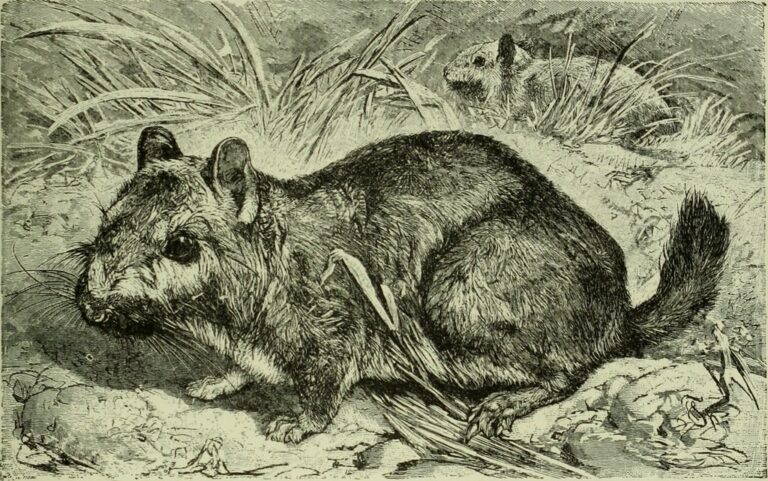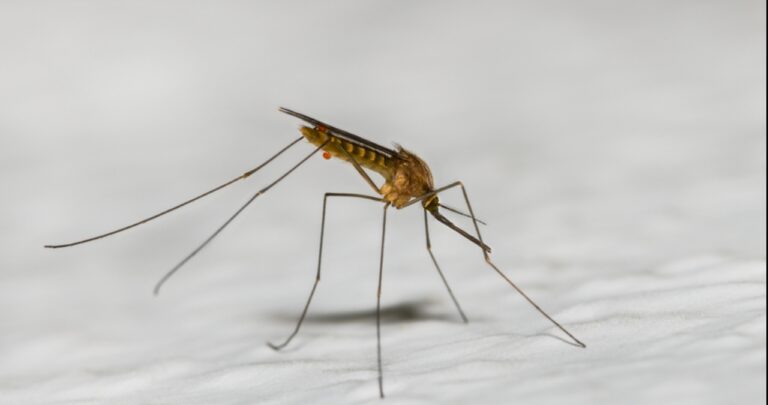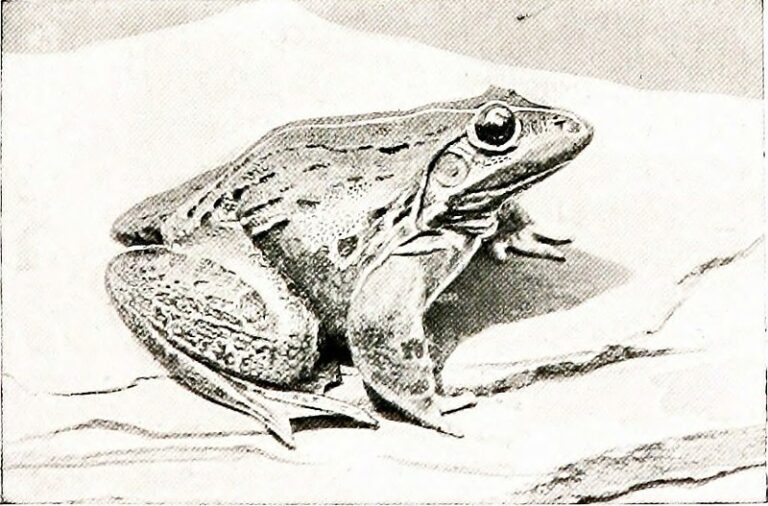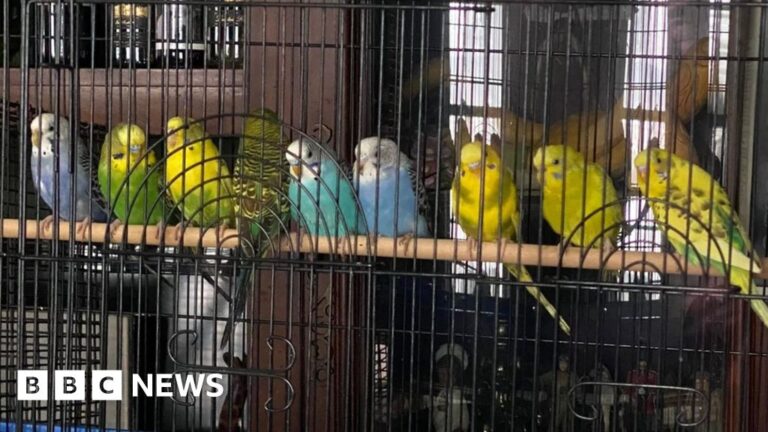Ants: Teaching by Imitation
In our home, ants play an important role in the ecosystem by feeding on invertebrates and serving as major conduits for organic matter and energy. They are also important soil turners, equaling or exceeding the activities of earthworms. AntsAre also among the most important predators of invertebrates, eating more than one-fifth of the fresh vegetation in the Neotropics. In turn, these ants feed on symbiotic fungus.
ant species
Ants are social, eusocial insects of the order Hymenoptera. They are a part of the fossil record, appearing worldwide during the late Cretaceous and early Late Cretaceous periods. These insects descended from vespoid wasp ancestors and evolved into different species after the emergence of flowering plants. Their distinctive node-like structure and geniculate antennae make them easily identifiable.
Identifying ant species can be difficult, but a few key characteristics and habits of different ants can help you identify them. You can determine which ant species you are dealing with by observing its body, color, and other characteristics. Certain species of antsHave distinct trails and nests and feed on food. Some species are mainly terrestrial, while others feed on liquids. The key is identifying the species that has invaded your home or yard.
ant behaviors
Many animals can learn by imitation, and ant behavior is no exception. The more experienced members of a species use pheromones to teach younger ants about the location of their new home and the movement of a new colony, known as budding. This behavior is often referred to as “teaching by imitation.”
Researchers monitored ants for two hours after they had bitten a leaf and for 15 minutes after they had left the tree. They recorded behaviors like walking, grooming, resting, feeding, convulsing, and falling, as well as nonstate behavior such as biting leaves. They also tracked how many times the ants traversed a leaf. Some observed ants walking up to three metres away from the leaf where they had just bitten it.
ant habitats
The spatial pattern of ant communities is determined by the presence of vegetation at different levels of the forest. The abundance of different species was compared across the different strata of the forest, including canopy, understory, and ground levels. In the case of ground-dwelling ants, the number of logs and twigs per m2 was significant for determining the richness of these species. Other factors influencing ant diversity include elevation and type of woody plant cover.
The number of species in the ant kingdom is staggering. There are more than 12,500 species ofAnts in the world, with some exhibiting unique characteristics. Individual species may exhibit different characteristics, but they all share certain traits. For example, 47 species of ants live by farming their own food. The leafcutter ant, for example, grows fungus farms from vegetation. This fungus is then fed to the ant larvae. This symbiotic relationship allows these two species to co-exist.
ant communication
Ants communicate through chemical signals. They chirp by scraping their guitar-like appendages against grooves in their posteriors. This sound combines with chemical signals to provide a myriad of information about the individual. Researchers haven’t yet figured out exactly how these sounds are coded, but they may have something to do with communication inAnts. Many ants use acoustic communication to distinguish workers and queens. Ants even imitate the noises of their queens to get food and care from her.
An extensive molecular phylogeny of the ant family, Formicidae, has mapped the evolution of ant interactions with plants, fungi, and hemiptera. These interactions represent ideal systems to study fundamental ecological and evolutionary questions related to mutualism, adaptation, and evolution. In addition, the evolution of ant communication and behavior is directly related to the diversity of habitats in which ants live.
ant communication through pheromones
While its exact function is not yet clear, ants are known to communicate using pheromones. These compounds are responsible for alarm, recruitment, and sexual attraction. These compounds are clearly ancestral to the Formicidae and Hymenoptera, but they have evolved from other, more ancient ants. If ant pheromones are analogous to humans’ scents, it may be because ants are more communicative.
Researchers discovered that ant pheromones are made from an organic chemical that differs according to signal. This chemical varies between different ants, and ants in the same colony may fight over food. Workers in neighboring colonies may also communicate through pheromones to attract backup. Interestingly, moths also use pheromones to attract mates. Female moths emitted a chemical called bombykol, which attracts male moths. When these males were exposed to the chemical, they performed a flutter dance, an indication of their interest in mate-finding.
ant communication through chemical trails
In some ant species, chemical trails serve as orientation cues, enabling foraging ants to identify food sources and return to the nest. Trail pheromones are also important for collective decisions made by nestmates. They help ants to identify food sources, such as plants, and are used as signals in communication. In this study, we analyzed the effects of a six-trail pheromone blend on ant behavior and recruitment.
To understand ant communication through chemical trails, researchers isolated bacterial cells from ant queens and colonies. Lead author Eduardo Afonso da Silva Junior noticed that the cultured bacteria smelt like ants. These bacteria release volatile compounds called pyrazines, which are also used by ants in other species for communication, such as fire ants and Madagascan ants. This chemical trail has the potential to make ants more effective hunters.

I’m publisher on vents today if anyone want post on our website then do contact

